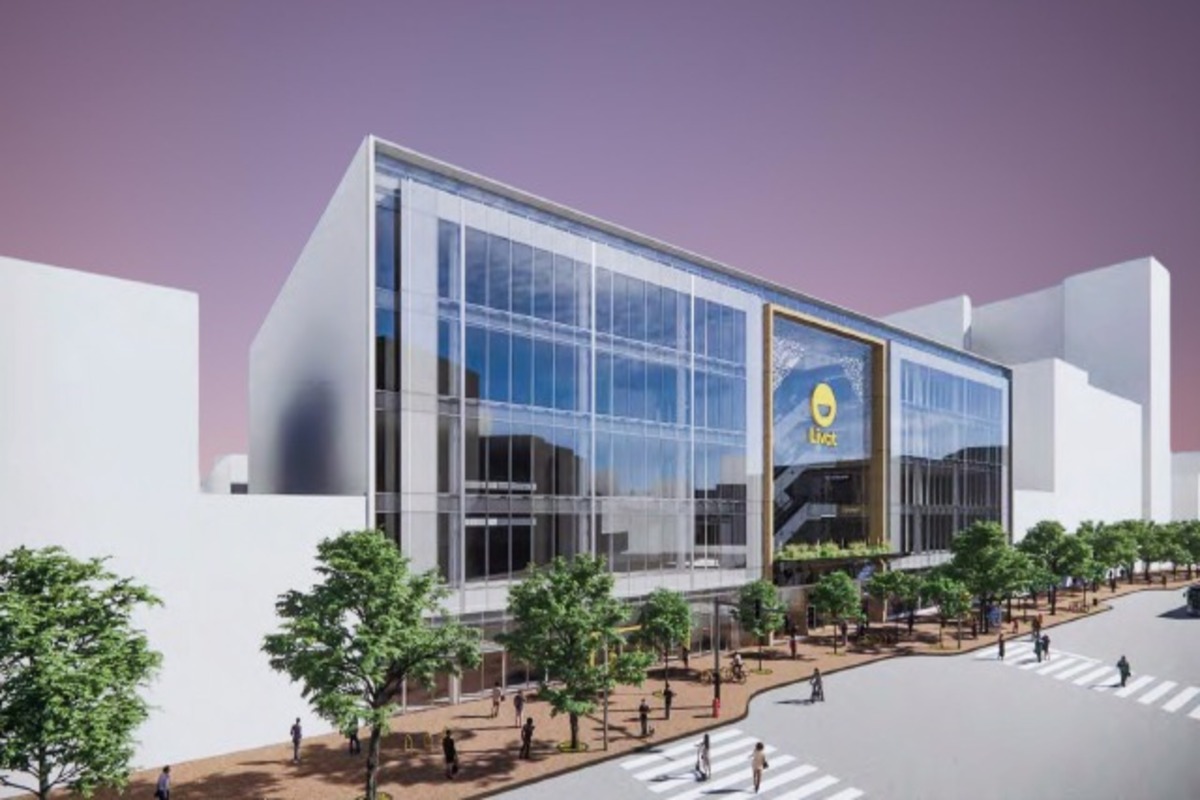Revitalizing San Francisco : People are enthused about how IKEA will impact San Francisco. A new business opening in several significant cities worldwide gets little notice. In San Francisco, where shops are closing, people are strolling less, and crime is rising, opening an IKEA furniture store in a tough Market Street neighborhood has aroused remarkable excitement.
San Francisco’s first IKEA opens on August 23rd. 945 Market St., between Fifth and Sixth Streets, will house it. The business opening will be exciting. The major Swedish store’s announcement about living in tiny areas, organizing better, and delighting customers with unique features is exciting.
The project’s principal purpose is to revitalize a post-pandemic neighborhood. Even though the city has been experiencing troubles, the city’s leaders, local companies, and residents all hope that IKEA coming to our city will be a new start and a symbol of San Francisco’s future.
Mayor London Breed, who has been pushing for IKEA to come to our city since 2018, called it a tremendous success. San Francisco Controller’s Office senior economist Asim Khan concurred. He said the decision was excellent for the economy and proved that a great, creative international brand is popular.
IKEA’s approach affects economics and security. IKEA aims to keep staff and customers safe. They know illicit communication, particularly over non-standard methods, might pose problems. A robust security strategy will secure shop safety. This strategy will manage shop dangers and hire security.

Read More :ESPN 10 Year Deal with Penn: Entertainment Revolutionizes Online Gaming
The six-story, 250,000-square-foot IKEA shop is enormous. It’s designed to be more than a business. Ingka Centres, IKEA’s sibling business, is building a mall with restaurants, retailers, and a shared office. This city core will attract numerous companies.
The downtown San Francisco IKEA shop has a distinct layout from suburban onesa three-story, 85,000-square-foot structure. The little shop skillfully displays roughly half as many things. Specially equipped room sets are included. IKEA wants to maximize space.
The shop sells and serves cuisine that brings people together. Swedish Bite and Swedish Deli are restaurants. Both locations feature delicious meals and are perfect for folks in a hurry or who want to unwind.
The anticipation for San Francisco’s first IKEA shop grows. Most individuals believe this initiative will revolutionize how people buy and revitalize the city.
Our Reader’s Queries
Will San Francisco ever recover?
San Francisco’s position among major U.S. cities has improved significantly, moving up from 52 to 38, with a remarkable 67.3% recovery rate. This shift in ranking is due to a new methodology adopted by University of Toronto researchers who are monitoring how cities are bouncing back from the COVID-19 pandemic. This positive development is a testament to the resilience and determination of San Francisco’s residents and businesses in the face of unprecedented challenges.
What will happen to SF Downtown?
Our Department is collaborating with Downtown stakeholders and various groups to create all-encompassing strategies. These strategies will concentrate on activating and programming public spaces, introducing new uses and activities to the ground floor, and adapting existing buildings to create housing on upper floors. Our aim is to revitalize the area and make it more vibrant and livable for everyone.
How many people live in downtown San Francisco?
Downtown San Francisco is home to anywhere from 35,000 to 70,000 residents, depending on how you define the area. Before the pandemic, the daytime population was estimated to be between 500,000 to 750,000 people. However, we now believe that the current occupancy rate is only at 34% of what it was before the pandemic.
What is the plan for San Francisco?
The San Francisco General Plan serves as a roadmap to achieve the city’s overarching objectives. These include safeguarding, conserving, and enriching the economic, social, cultural, and aesthetic aspects that define the city’s desirable quality and distinct character.

